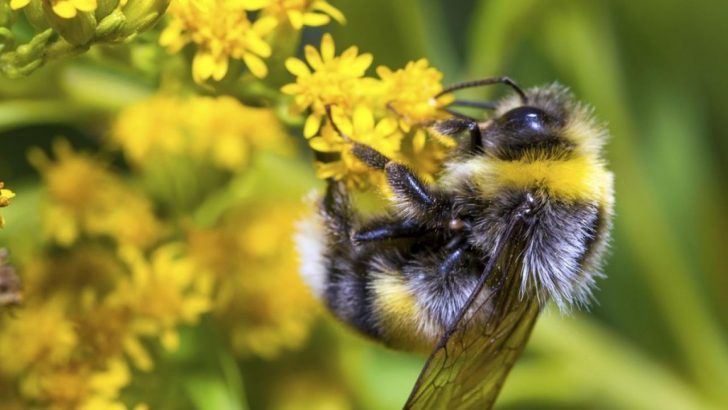Green Fingers
In April the lion that is March loosens its icy grip on the garden. You need to keep on top of hoeing and weeding. Go through your beds and borders: Remove all the annual weeds now before they get a chance to go to seed. Using a border fork dig up all perennial weeds, making sure to get all the top root. Compost the annual but not the perennials. Do it now, before your plants hide them.
Lift and divide herbaceous perennials that have been growing for three or more years. They grow out from the centre, making a ring. If left, they will soon form a circle with a dead centre. Dig them up, divide into about three pieces. Replant one piece back in the hole and back fill with a mixture of soil and homemade garden compost. Firm down and water well regardless of rainfall.
If you grow acid loving plants such as Camelia, Rhododendrons or Azalias but have lime in your soil, you need to feed them sequestered iron. This lets them access the minerals and nutrients that are locked up by the lime. You can tell if your acid loving plants need this if its leaves are turning yellow and chlorotic.
Prune hydrangeas by following the stem that has last years faded blooms on them. Cut above a strong healthy side shoot. Don’t cut the ones with the fat green shoots on the end, these are this year’s flowers.
Deadhead daffodils by pinching all the seed heads between your finger and thumb. Don’t do anything with the leaves, they need to be left for six weeks to build up the energy for the next year’s flowers. If in your lawn, mow around them until then. When it’s time, cut down and compost. If you have moss in your lawn, April is the time to deal with it.
You can use a three-in-one which will feed the grass, kill the moss and the weeds. If you don’t mind the weeds (wildflowers) just kill the moss using a granular iron product. The iron will turn the moss black. Leave it until it is all black and dead. Remove using a springtime rake. You can compost this but not if you used three-in-one.
Root cutting
If you have space in your garden consider planting something for our endangered pollinators. Comfrey or Borage will provide them with food and you with a steady supply of organic liquid fertiliser. Comfrey can be bought potted or will grow very easily from root cutting.
Grow Borage from seed in April in soil raked to a fine tilt. Plant 1½ cm / ½in deep in a sunny spot. Both will flower until frost and will be a haven for pollinators. If Borage gets tatty after mid-summer, prune it back to ½ its size. It will come again.
Comfrey is a perennial so you will always have it. Borage is an annual but will self seed readily.
You can collect the seed and give it to friends to plant. The seed will stay viable for three years.


 Paul Gargan
Paul Gargan
